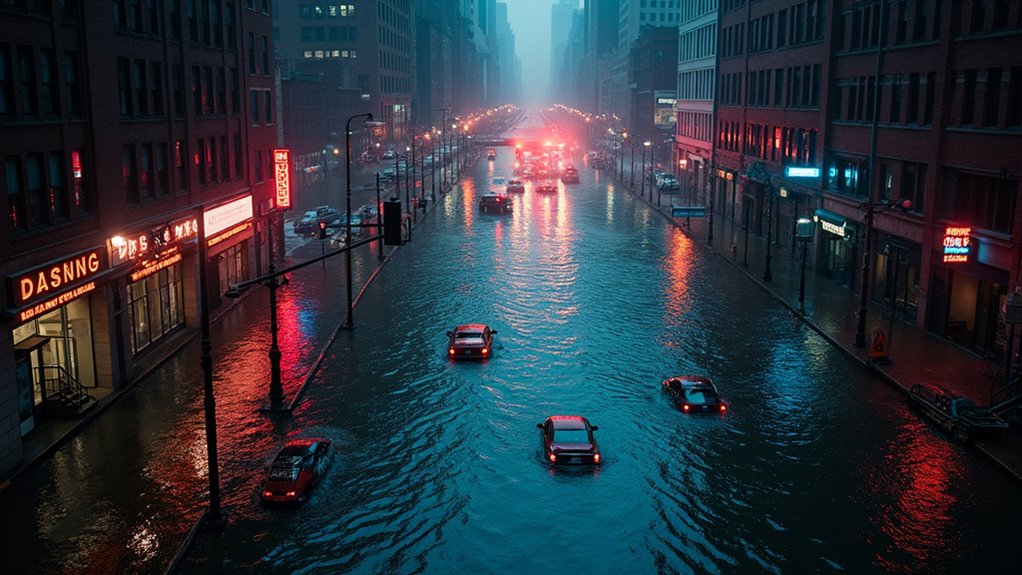The Trump administration chopped away at decades of environmental protections by announcing a sweeping rollback of the 2001 Roadless Rule. The axe came down hard on restrictions that had protected 58.5 million acres of national forest from road construction and timber harvesting. Just like that, approximately 30% of Forest Service land became fair game for chainsaws and bulldozers. California alone saw 4.4 million acres across 21 national forests suddenly vulnerable.
Why the drastic change? The USDA framed it as eliminating “outdated restrictions” that supposedly hamper forest management and wildfire prevention. Their logic? About 28 million acres under the Roadless Rule faced “high or very high risk” of wildfires. No roads, no firefighters—or so the story goes. The administration painted a picture of helpless forest managers, unable to thin forests or conduct controlled burns because they couldn’t build roads to access these areas.
The USDA Secretary Brooke Rollins claimed the move would improve wildfire management and provide a significant boost to local timber economies. The USDA Secretary didn’t mince words, calling the Roadless Rule an “absurd obstacle” to common-sense management. In states like Utah and Montana, over half the Forest Service land was restricted from road development. Alaska’s Tongass National Forest? A whopping 92% protected. Not anymore.
Critics weren’t buying it. They pointed out the obvious—this looked like a gift-wrapped present for logging companies. Environmental groups warned that what starts as “fire prevention” often ends as clearcutting. The Clinton administration originally proposed the rule in 1999 with broad public support for preserving these invaluable forestlands. These environmental concerns mirror other policy failures that have exposed vulnerable populations to higher levels of pollution nationwide.
And the science? Awkward. Research suggests wildfires are actually four times more likely in areas with roads than in roadless tracts. Go figure.
The ecological concerns stack up like cordwood. Roads fragment habitats, disrupt ecosystems, and increase erosion. They dump sediment into streams and rivers. More roads mean more people, which means more potential fire starters.
References
- https://montanafreepress.org/2025/06/24/trump-to-rescind-roadless-rule-ending-protections-for-58-million-acres-nationwide/
- https://abcnews.go.com/US/environmental-advocates-sound-alarm-trump-admins-plan-repeal/story?id=123152332
- https://www.usda.gov/about-usda/news/press-releases/2025/06/24/what-they-are-saying-strong-support-secretary-rollins-rescission-roadless-rule-eliminating
- https://www.latimes.com/environment/story/2025-06-23/trump-administration-roadless-rule-national-forests
- https://www.factcheck.org/2018/11/trump-repeatedly-errs-on-california-wildfires/








